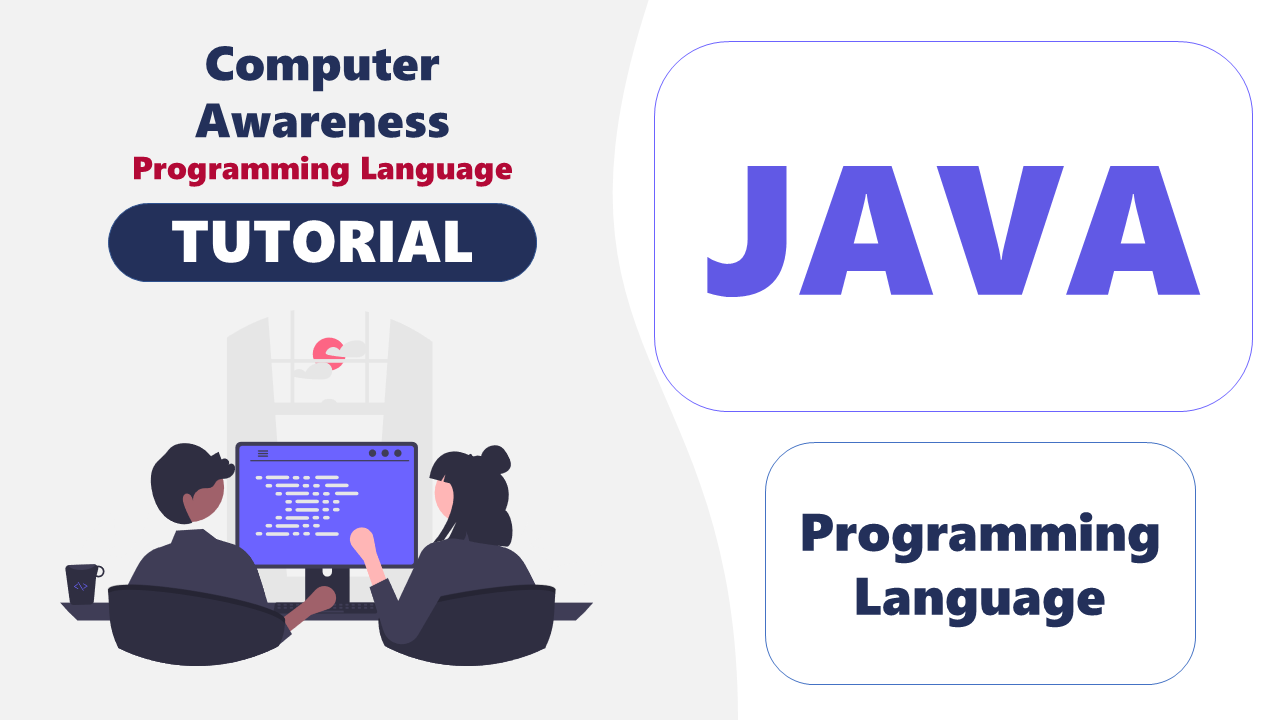A key difference between procedural and object-oriented programming (OOP) in terms of code structure is that procedural programming organizes code into functions and procedures, while OOP structures code around classes and objects. In procedural programming, the program is designed as a sequence of tasks or operations, with functions and procedures being the primary building blocks. These functions and procedures are called in a specific order to perform the desired operations, with a focus on the steps required to achieve a particular task. In contrast, OOP structures code around classes, which serve as blueprints for creating objects. Each class encapsulates data and methods that operate on that data, representing specific entities and their behaviors. Objects are instances of classes, and interactions between objects drive the execution of the program. This object-centric approach in OOP promotes modularity, reusability, and maintainability, allowing developers to build complex systems by defining and interacting with objects that represent real-world entities.
 Application of OOP
Application of OOP  Procedural and Object Oriented Programming (POP)
Procedural and Object Oriented Programming (POP)